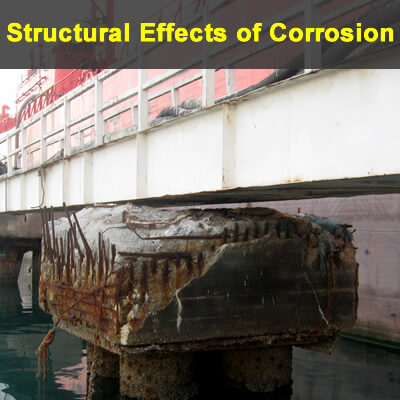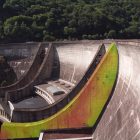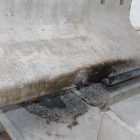What happens when the patch repair is only done in damaged area?
When a corrosion sign and rust stain appear on the concrete surface, it is the time to do something in order to stop corrosion propagation. Depending on corrosion type and propagation, the required intervention and precautionary measure are adopted. The remedial action may include patch repair, cathodic protection, ion extraction, sacrificial anode, etc. Regardless of what method is selected, the damaged areas should be repaired using compatible and durable materials in order to restore the structural performance of damaged areas.
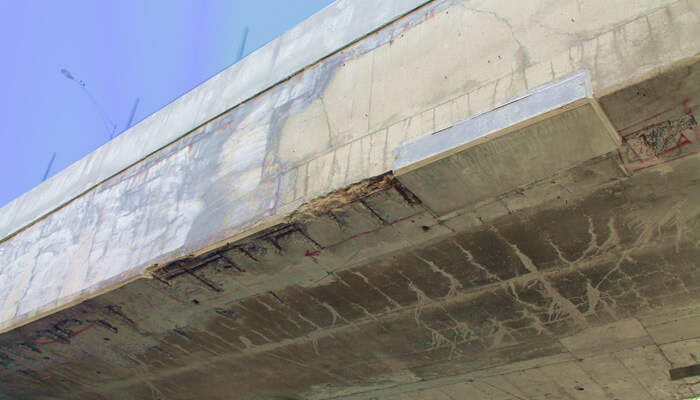
Patch repair is one of the most used maintenance works in the repair of corrosion damaged structure. Corrosion propagation into the surrounding area (next to the repaired patch) is a common observation. In fact, the corrosion reaction is a dual reaction between anodic and cathodic zones. The ferrous ions and electrons that are released in the anodic reaction should be consumed in a cathodic reaction. Despite the fact that the corrosion signs are observed in anodic zones, cathodic zones are also contaminated with chloride ions, for example. Once a patch repair is applied through anodic zone, the contaminated damaged concrete is replaced with sound and free-chloride concrete. However, the chloride concentration remains significantly high in the cathodic zone. Because of high chloride concentration, the surrounding area acts as the new anodic zone, with twin cathodic zone acting as the newly patch repaired area. This may eventually lead to high corrosion rates, because the chloride concentration near to steel rebar is already significant. The following figure shows an example of post-repair corrosion and formation of anticipate anode under a bridge deck.
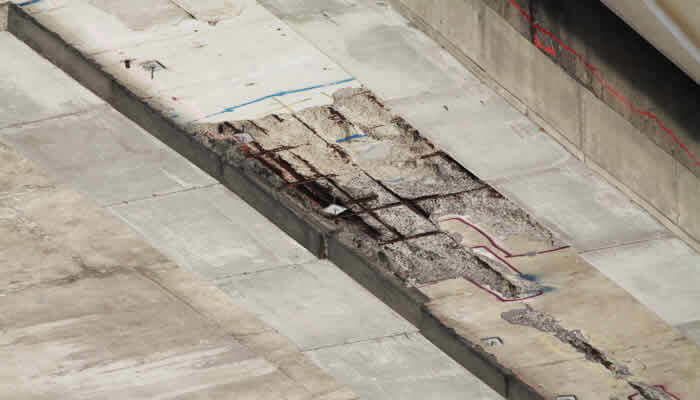
Suggestions for Improved Performance of Patch Repairs
In order to manage the risk of corrosion propagation to the surrounding concrete, it is strongly recommended to extend the patch repair area beyond visibly margins of corroded areas. The concrete of surrounding area (cathodic zone) should be replaced with sound and chloride free concrete, even though no corrosion sign is observed in this area. The size and location of cathodic zone, depends on the size and location of anodic zone, and how easy the corrosion reactant (i.e. humidity and oxygen) would be available at the cathodic zone.

